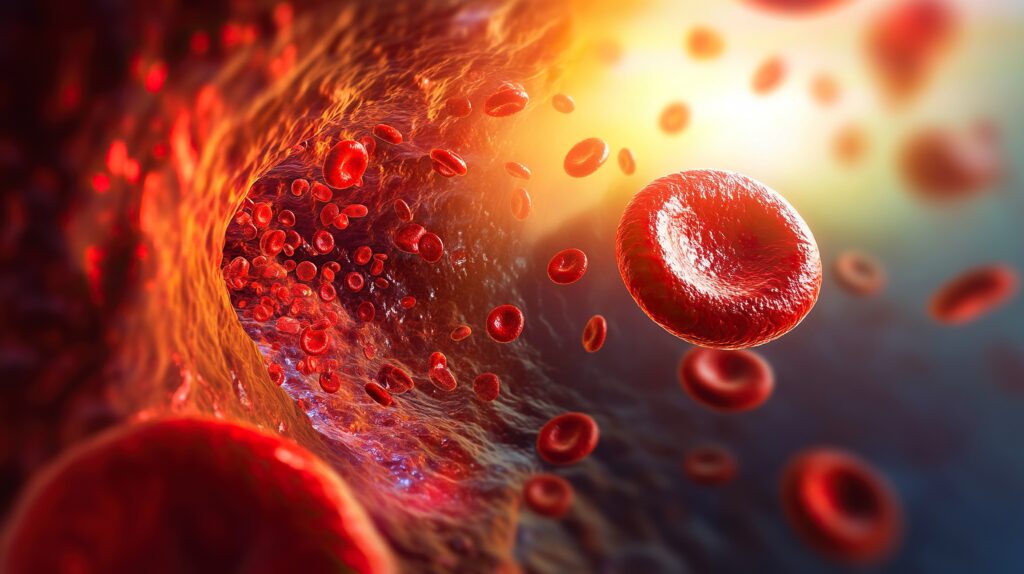Search Results
Showing Results for legacy effect

We are pleased to present the latest issue of touchREVIEWS in Endocrinology, which offers a timely and thoughtprovoking collection of articles that reflect both the continuity and evolution of diabetes and metabolic disease research. In an era where technology, public ...

Very few trials in the history of medical science have altered the treatment landscape as profoundly as the UK Prospective Diabetes Study (UKPDS). Even 44 years after its inception, the trial and post-study follow-up findings continue to fascinate and enlighten the ...

Diabetic foot ulcers are one of the major complications in patients with diabetes mellitus (DM). In one study, the global prevalence of diabetic foot ulcers was 6.3%, and the prevalence of diabetic foot ulcers differed between North America (13.0%) and Europe (5.1%).1 Besides ...

Article highlights Epigenetics refers to the heritable changes in DNA expression without changes in the genetic code. Epigenetic changes are brought about by post-translational modifications of histone proteins, covalent modifications of DNA bases and microRNA. Epigenetics explains how environmental milieu ...

We caught up with the American Thyroid Association (ATA) president Prof. Julie Ann Sosa, MD, MA, FACS (University of California, San Francisco, CA, USA) ahead of this year’s virtual meeting to highlight their ATA Centennial Celebration at their upcoming ...

As technology has advanced over the last decade, so have the treatment options for patients with type 1 diabetes (T1D). The goal of these technological advances is improved regulation of glucose levels to more closely resemble glucose metabolism in patients ...

The past decades have seen the introduction of a variety of oral antidiabetic drug (OAD) classes and drugs. The initial straitjacket approach, using traditional sulfonylureas and biguanides, has given way to a more flexible (and confusing) choice of drugs. Sulfonylureas, ...

The glomeruli (also known as Malpighian bodies) were first described four and a half centuries ago, in 1666. Marcello Malpighi showed that these structures were a continuation of the renal vasculature. Two centuries later, in 1842, William Bowman detailed their architecture and ...

Northern Ireland has approximately 40,000 people who have been diagnosed with diabetes and it is estimated that a further 25,000 people are as yet undiagnosed. Northern Ireland has approximately 40,000 people who have been diagnosed with diabetes and it is estimated that a ...

Summary of the ADVANCE Trial Findings Summary of the ADVANCE Trial Findings The ADVANCE trial was a factorial, randomised study of 11,140 individuals with type 2 diabetes from over 200 collaborating centres in 20 countries from Asia, Australasia, Europe and North America. Participants with ...

The Development of Self-monitoring of Blood Glucose The advent of home-based capillary self-monitoring of blood glucose (SMBG) was initially heralded as a major advance in the treatment of individuals with diabetes. There was much anticipation that this technology would revolutionize ...

Cardiovascular disease (CVD) and diabetes, especially type 2, are closely intertwined and growing health threats in the US and many other regions of the world.1,2 Fully one-third of coronary artery disease (CAD) is attributed to or at least accompanied by diabetes, ...

Summary of the ADVANCE Trial Findings Summary of the ADVANCE Trial Findings The ADVANCE trial was a factorial, randomised study of 11,140 individuals with type 2 diabetes from over 200 collaborating centres in 20 countries from Asia, Australasia, Europe and North America. Participants with ...

For decades only insulin, sulphonylureas and metformin were available, but in the last 10 years new classes of drugs have been approved for diabetes management. These include alpha glucosidase inhibitors, thiazolidinediones, glinides, incretin-based treatments such as glucagonlike peptide-1 (GLP-1) analogues and ...
Latest articles videos and clinical updates - straight to your inbox
Log into your Touch Account
Earn and track your CME credits on the go, save articles for later, and follow the latest congress coverage.
Register now for FREE Access
Register for free to hear about the latest expert-led education, peer-reviewed articles, conference highlights, and innovative CME activities.
Sign up with an Email
Or use a Social Account.
This Functionality is for
Members Only
Explore the latest in medical education and stay current in your field. Create a free account to track your learning.

